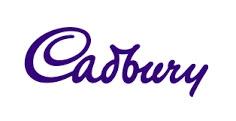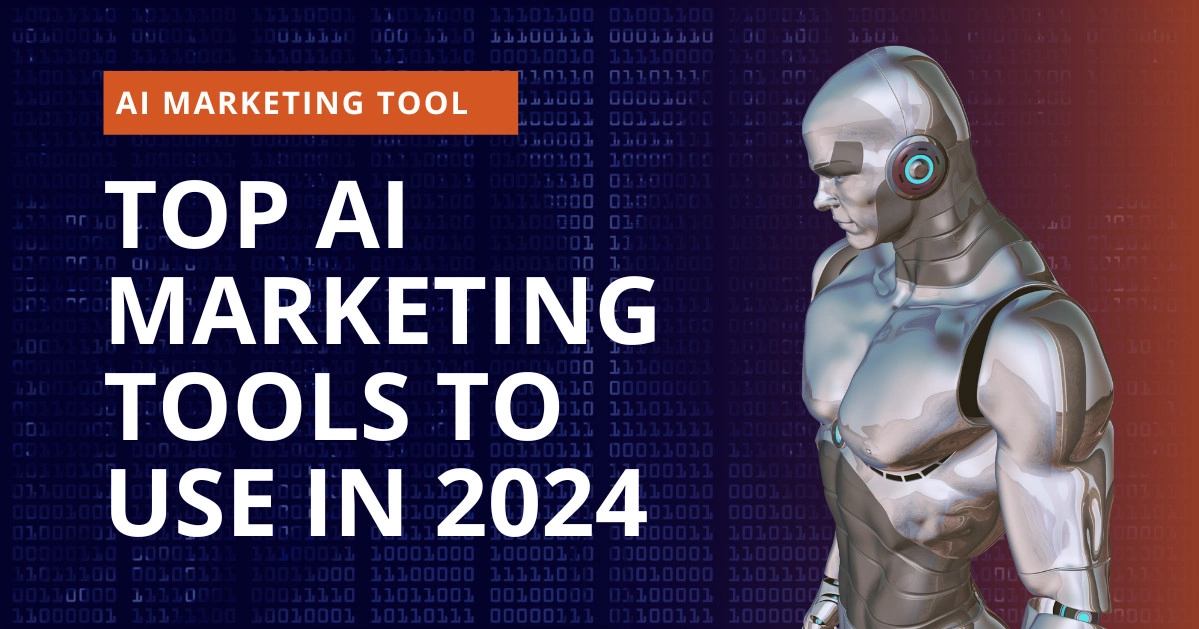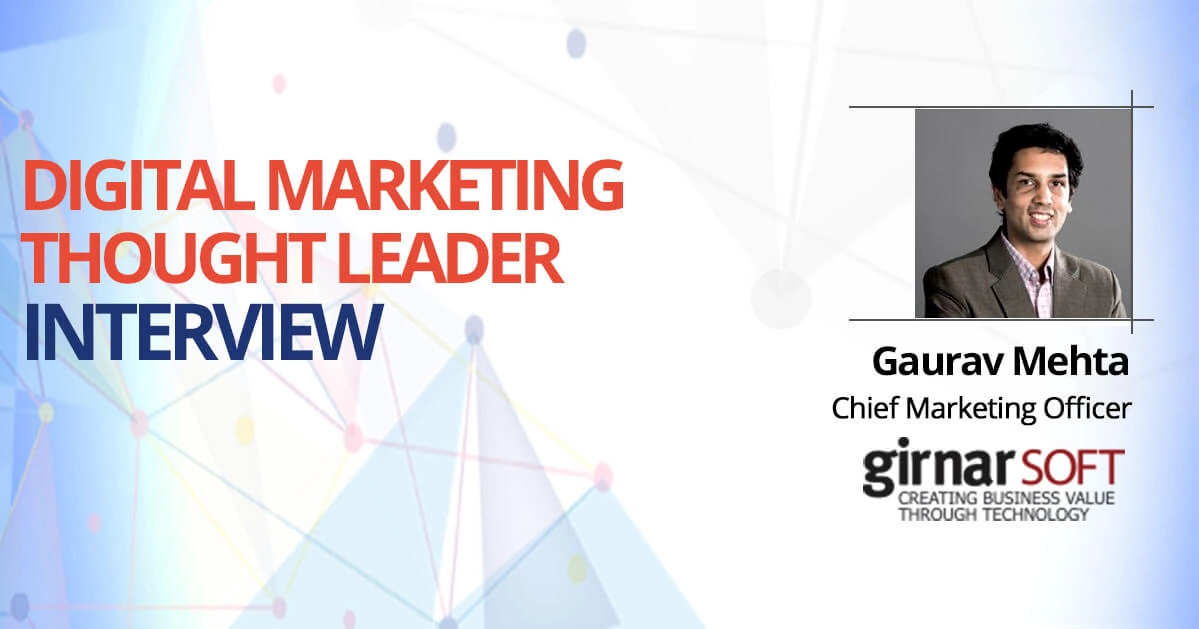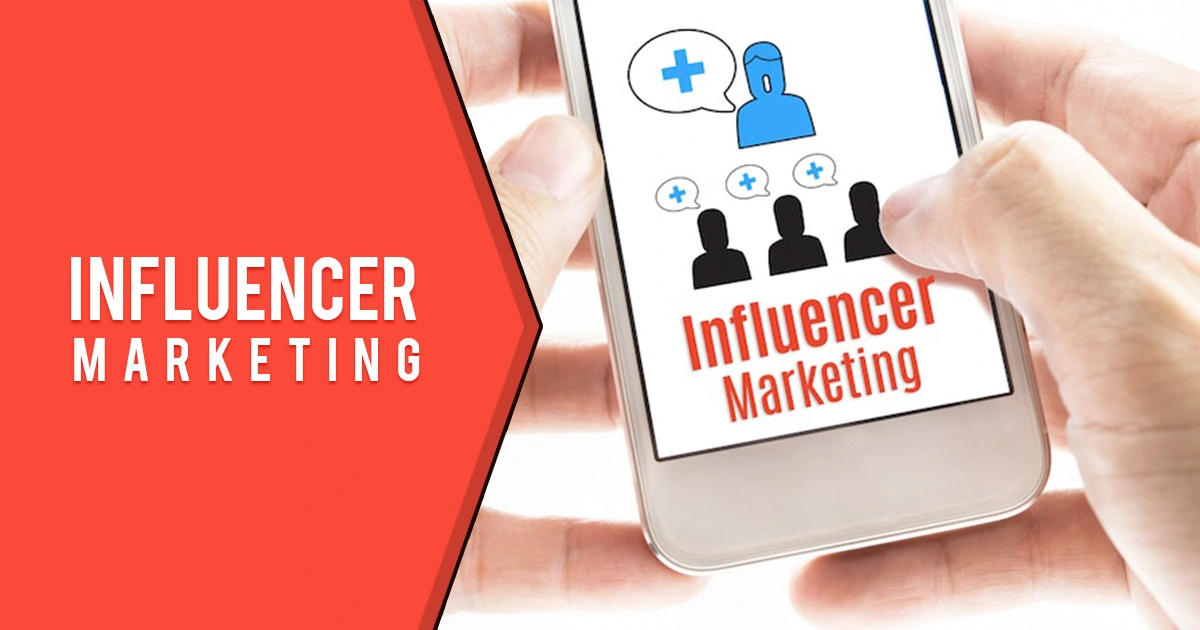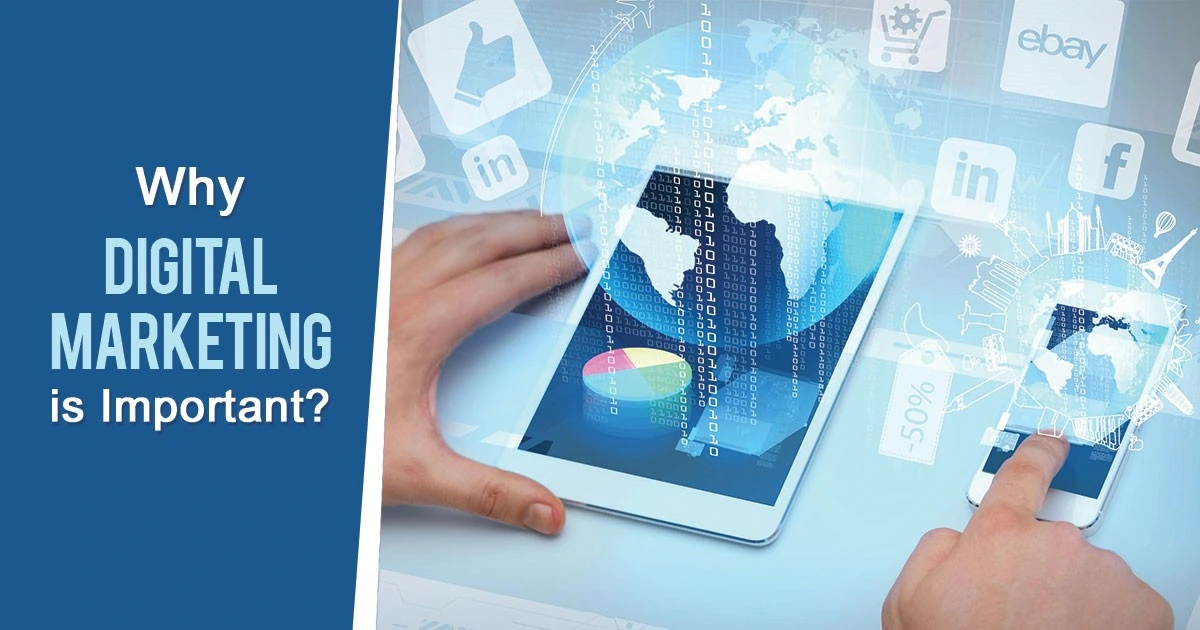About Cadbury
Cadbury is a British multinational confectionery subsidiary company wholly owned by American company Mondelēz International since 2012. It is the second largest confectionery brand in the world after Wrigley’s. Cadbury is headquartered in Uxbridge, Greater London and operates in more than fifty countries worldwide. It is famous for its Dairy Milk chocolate, the Creme Egg and Roses selection box, and many other confectionery products. One of the best-known British brands, in 2013 The Telegraph named Cadbury among Britain’s most successful exports.
Cadbury’s Business Objectives
Cadbury’s belief is that there is joy within us all – even in the most mundane of moments. But they weren’t satisfied to simply create a great ad for the people. They wanted to trigger joy on a significant scale, and achieve the business objective of sharing their brand belief with the maximum possible audience.
Approach / Strategy adopted by Cadbury
A motion screen at Waterloo Station in London featured an interactive game using Augmented Reality (AR) where people walking by were encouraged to try and catch virtual objects on the screen that gave them joy. Winning involved hitting objects with hands or kicking to burst the objects on the screen. The winners got a Cadbury chocolate bar.
The motion screen itself was part of the virtual content. It was a giant film screen that featured objects that people walking by were holding. For example, one guy walked by with a skateboard and then a virtual skateboard appeared on the screen. The virtual object would explode virtual chocolate on the screen if the person was able to move enough (in real-life) to hit it and burst it open.
The ones taking part in this experience were commuters who were passing by and trying to catch their train. They were everyday people; no specific age or gender. The campaign was made for any commuter walking by and to give them joy and happiness during a common everyday task. People saw this as a fun and exciting experience. Cadbury also captured the most joyful moments of people interacting with this system and put them together in a compilation video for people to watch and enjoy. Worldwide, people were encouraged to use the hashtag #FreeTheJoy on social media (Facebook and Twitter) to share their experiences. The tweets were displayed during the game.
This campaign was presented on the screen during rush hour so that more commuters would see it. They described commuting during rush hour as “one of the most mundane and least joyful moments imaginable to the average commuter” , therefore it was a great time to make people happy. The bystanders situated near the user were laughing and smiling as they watched people take part in the experience. The campaign was able to make not only users, but bystanders, happy as well. Everyone in the general area found enjoyment which was the whole purpose: to free the joy.
Results achieved by Cadbury
More than a 165,000 people saw Cadbury’s free the joy first hand in the station, but the real power of this campaign came from increasing this reach tenfold through social media. They achieved phenomenal reach with this campaign by taking it beyond the physical, into social and back: 1.6 million people saw their Facebook activity, and their tweets were seen more than 3 million times on Twitter. Beyond this, thousands of people used the #FreeTheJoy to share their suggestions of what would bring them joy.
Learnings
Augmented reality is a fast growing technology and the ‘must have’ marketing tool which is helping transform the way we engage information. AR is already being used as part of marketing communication to help bring brand experiences to life; it has also been used to drive traffic to digital campaigns or as part of coupon or redemption-led sales promotion strategies.
Marketers are driving growth in AR and data from ABI Research has proven that the market for augmented reality in 2014 was valued at USD 1.72 Billion and is expected to reach USD 56.8 Billion by 2020, at a CAGR of 79.61% between 2015 and 2020.
This Cadbury AR campaign clearly demonstrates the potential that marketers can exploit to boost their digital marketing campaigns.
Image Credits: Cadbury

